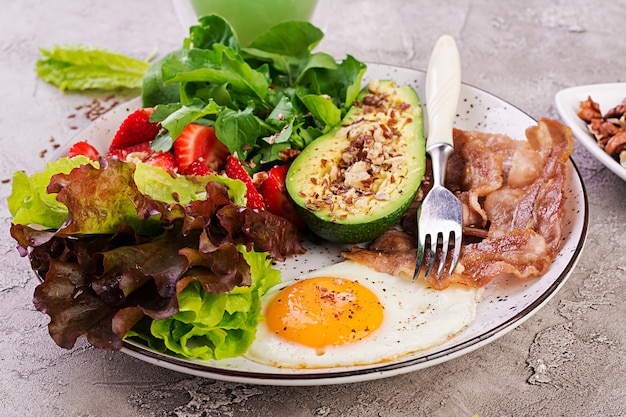
The paleo diet is pretty straightforward. It’s a way of eating and living based on what cavemen likely ate about 10,000 years ago during the Paleolithic era, mainly plants and animals. While there’s some debate among scientists about the exact foods consumed then, there’s general agreement on the basics.
Also known as the Caveman, Primal, or Hunter-Gatherer diet, the paleo lifestyle promotes the consumption of healthy foods and living a pure, healthy life. There’s plenty of research supporting the benefits of eating natural, whole foods.
The main foods included in the paleo diet are:
– Vegetables
– Fungi
– Fruits
– Meats
– Eggs
– Fish
– Nuts
– Seeds
How to Eat Paleo:
Vegetables – For the paleo diet, it’s not just about what types of food you eat, but how you eat them. Vegetables and fungi should be consumed raw because cooking can reduce their nutrient content, and canned vegetables often have unhealthy additives. So, if a vegetable can’t be eaten raw, it shouldn’t be part of the paleo diet.
Fruits – Most fresh fruits are allowed in paleo diets. However, fruits like grapes, melons, and dried fruits have higher sugar content and aren’t recommended for those needing to lose weight or limit sugar intake. Fruit juices with added sugar should also be avoided.
Eggs and Poultry – Eggs are a key part of the paleo diet and fall under the meat category since they come from animals. To be considered paleo-friendly, the animals producing the eggs should ideally be fed natural organic foods, like greens, grains, and insects.
Meat and Fish – Lean meats are more indicative of what Paleolithic humans would have eaten. Modern meats often contain high saturated fats, so choosing lean cuts is recommended. For the paleo diet, cattle should be grass-fed, and fish should be fresh and wild-fed. Breading meat or fish is not allowed since grains are not permitted.
Nuts and Seeds – Healthy nuts and seeds are allowed, but for those watching their weight, it’s best to limit intake to about 4 oz. a day. Flaxseed is particularly beneficial. Raw cashews are not considered for consumption since they can’t be eaten raw, and peanuts are classified as legumes, which are not allowed on the paleo diet.
Getting Reacquainted with Healthy Food Choices:
Today’s packaged, processed, and canned foods are filled with artificial additives that did not exist in the Paleolithic era and are not ideal for a healthy lifestyle. The paleo diet helps reintroduce natural, low-fat, organic, and simple foods that act as fuel for optimal physical performance. This is a key reason people adopt the paleo diet and lifestyle.
Many people consume dairy daily, but it’s one of the most processed and fatty food groups today. Dairy isn’t allowed on the paleo diet, but alternatives like coconut milk and unsweetened almond milk are healthy substitutes. Paleo-friendly beverages include water and natural teas, hot or cold.
While we can’t pinpoint exactly what foods were available during the Paleolithic era, the paleo diet avoids foods that need to be cooked or processed before consumption. The main foods not allowed on a paleo diet include:
– Dairy
– Legumes
– Starchy tubers
– Grains
– Processed oils
– Coffee
– Alcohol
– Refined sugar
– Refined salt
– Artificial sweeteners
Restricted Foods and Misconceptions:
Although peas and green beans are commonly thought of as vegetables, they are actually legumes. There’s also some debate about whether root vegetables like potatoes, sweet potatoes, beets, and yams should be included. Ancient fire ash studies have shown remnants of grains and roasted kernels, but it’s believed that large amounts of grain weren’t harvested and thus weren’t a significant part of the Paleolithic diet. Therefore, grains, including corn, aren’t permitted on a paleo diet.
Creative substitutions can be made for certain foods: use coconut oil instead of butter, almond flour instead of white flour, and stevia as a substitute for sugar and artificial sweeteners. Honey and pure maple syrup can be used sparingly.
Conclusion:
The paleo diet has become very popular and, despite seeming like a fad, it’s grounded in health-conscious practices. While paleo diets can vary, the crucial aspect is to consume more natural foods, especially in their raw forms, and to maintain a healthy lifestyle with an awareness of what you’re eating. Changing poor eating habits and focusing on the benefits of a paleo diet is definitely worth it.